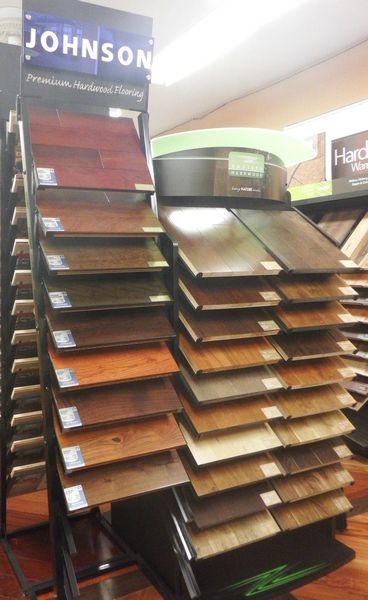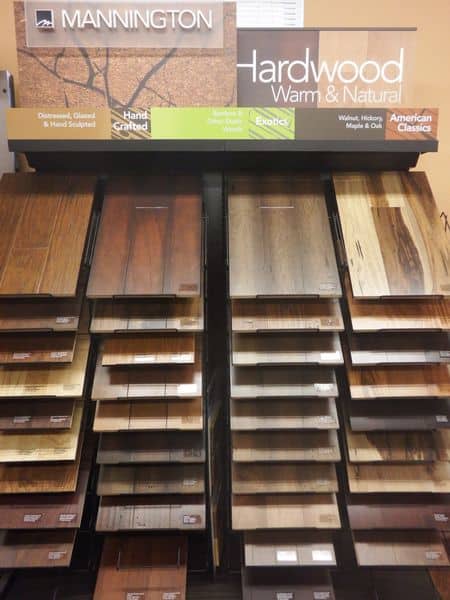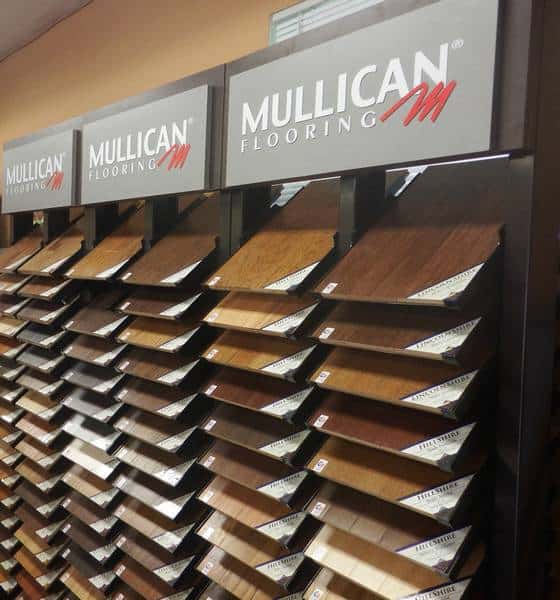Engineered Hardwood Flooring
Engineered Hardwood takes the best attributes of solid hardwood, and combines them with the manufacturing technologies that are present today. Produced by using adhesives to bond offset layers of variable species of wood, and using a “wear layer” of the desired species of wood. This top layer is typically around 1/8″ thick and can be stained and finished with exactly the same great looks as any prefinished solid hardwood flooring.
Due to the construction of the base layer, engineered hardwood flooring is more versatile than its solid hardwood counterpart. Engineered hardwood flooring can be fastened to varying substrates using a variety of methods including stapled, glued, or even floated over an underlayment like a laminate floor. This versatility means it is now much more cost efficient to install hardwood over cement, and in below grade areas, such as basements and slab-on-grade homes with a higher success rate. It can also be floated in multi-level condos/apartments to comply with Home Owner’s A sound transfer ratings.
Engineered hardwood flooring also reacts with changes in relative humidity with much more forgiveness than solid hardwood flooring.
Solid Prefinished Hardwood Flooring
Solid prefinished hardwood flooring gives you a similar end product as the sand-on-site hardwoods, with none of the smells, mess, and issues. As well as cutting down the installation time frame considerably. The solid prefinished hardwoods of today are documented to be 10 times more resistant to finish abrasion due to the advancement of aluminum oxide polyurethanes. Aluminum oxide is a factory applied polyurethane that is baked onto the hardwood, and can be applied in varying levels of finish gloss, or “shine.” This assures that under normal wear and tear, you can see a much longer finish life, resulting in fewer costly and inconvenient refinishing projects.
Most prefinished hardwood flooring is also UV treated to minimize the amount of finish color change from sunlight.




